This weekend I traveled into central Spain to see two historic villages: Arevalo and Medina del Campo, both of which are intricately connected to the life of Queen Isabel, the woman who united Spain as a country for the first time. (I originally wrote about her in my series Badass Women, which you can read here.)
Arévalo, a small village of 8,000 people in the province of Avila, where Isabel spent her childhood, is proud of their history and their connection to this strong, historical woman, and this is easily seen in the few statues and museums there.
In the Plaza de Arrabal stands the only statue easily seen in the city center, of Queen Isabel looking out towards the city, with a pile of books and a pomegranate next to her. In Spanish the word for pomegranate is granada, the same as the city that Isabel and Fernando conquered during their reign, and of which she was forever proud. Isabel and Fernando are actually buried in the cathedral of Granada–so great was their pride and love for that city.
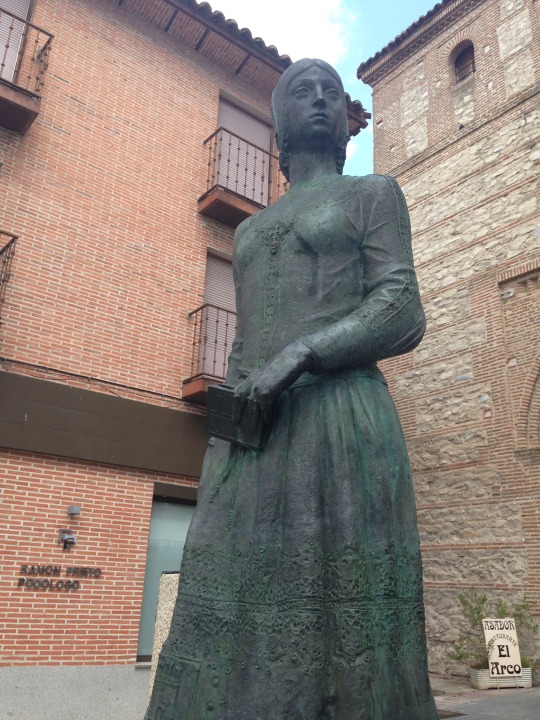
Arévalo also features a museum of the history of the village, with a whole floor dedicated to the life of Isabel, and finally the castle where Isabel grew up, although it had to be restored after Spain’s Civil War. Below are also photos of the view from the top of the tower.
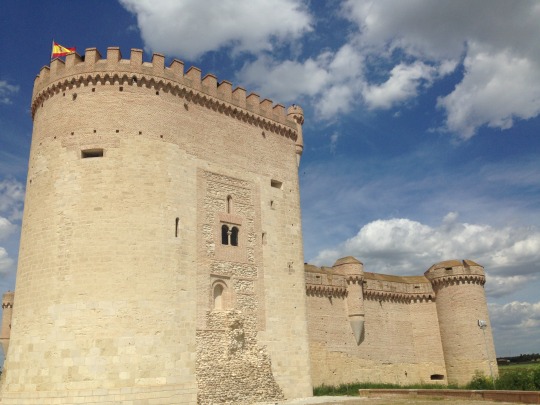
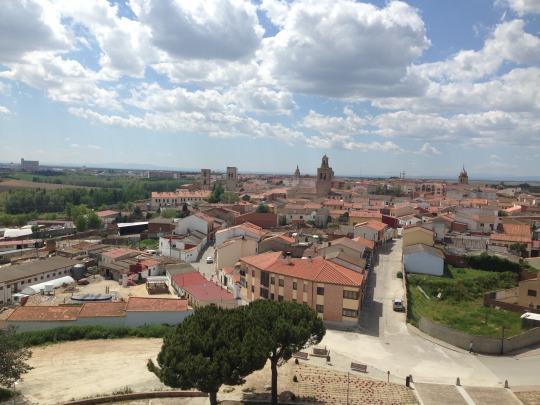
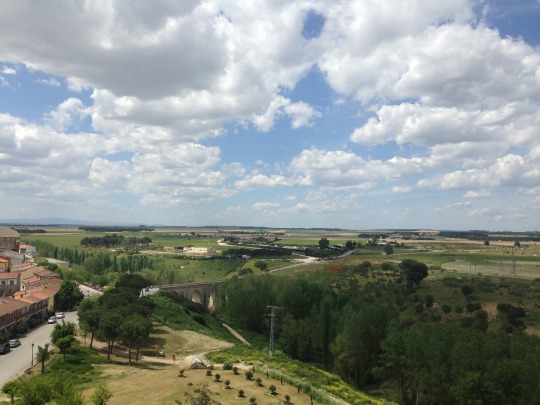
A half hour north of Arévalo lies Medina Del Campo in the province of Valladolid, where Isabel died. Although Medina Del Campo was less impressive in their dedication to this important figure in Spanish history, Isabel’s presence could still be strongly felt throughout the town, which is also considerably bigger than Arévalo, at 22,000 inhabitants.

The museum, located in the main plaza and which boasts having Isabel’s proclamation in which she names herself queen, is actually a copy; the original version being in a library somewhere. The cool thing about the museum was that they have the room where she actually died set up in the manner it was when she was there, although it is all replica-style items.
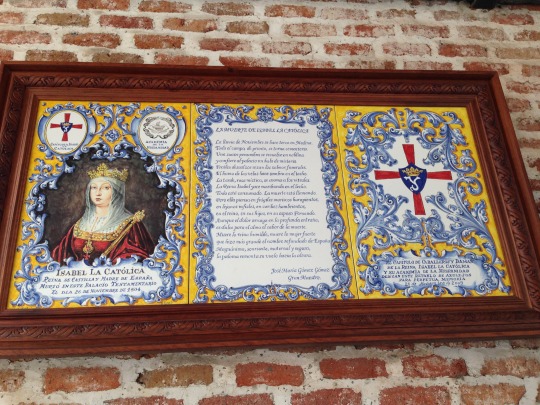
The Castle de la Mota, where it is sure that Isabel spent a lot of her time, although free, didn’t have much that you could see, and to climb the tower was an additional price.
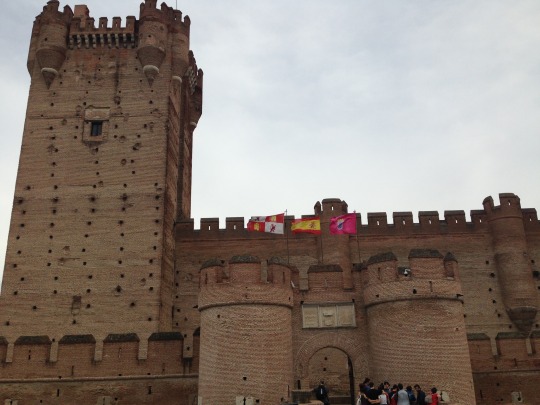
Disillusioned and tired after touring the castle, our visit ended there and we decided to head back home.
This area of Spain had such a great role in Spain’s history that I’m surprised it is not more touristic. These two towns, along with Segovia, are where Isabel spent the majority of her life and where Spanish history was created, and deserve to be appreciated along with Spain’s bigger sites, like Madrid and Barcelona.